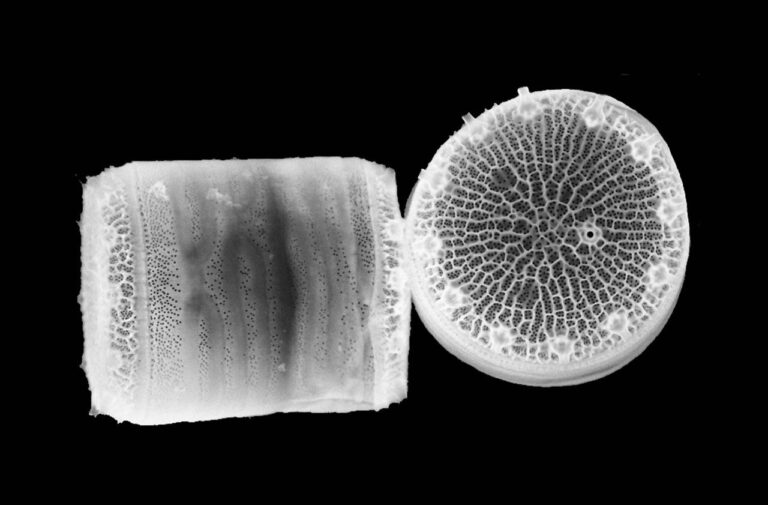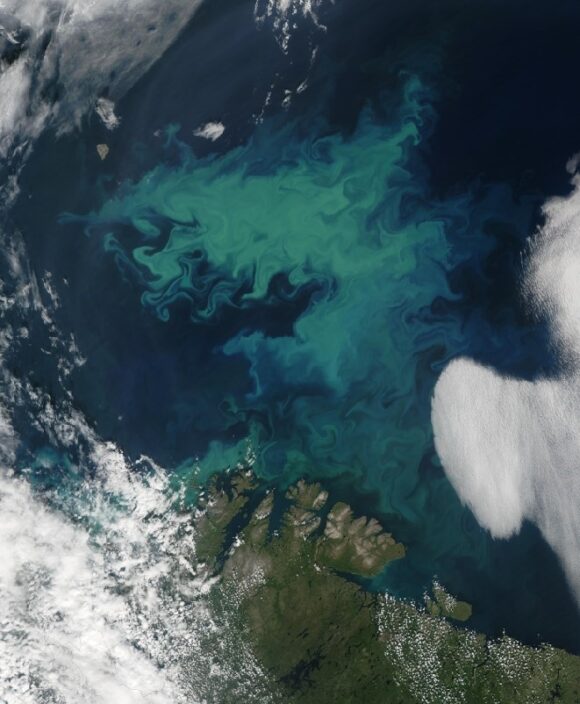
On September 7, the Department of Commerce and National Oceanic and Atmospheric Administration (NOAA) announced $24.3 million for research projects on marine carbon dioxide removal strategies that will find solutions to the present climate crisis. The funding comprises $14 million granted by the Biden Administration’s Inflation Reduction Act and is the largest climate investment in history. NOAA and its partners are funding the remaining $10 million.
Supporting 17 projects, the funding will provide researchers with the resources to expand the understanding of marine carbon dioxide removal, its potential risks and benefits, as well as its feasibility and predictability in helping to alleviate climate change. It will also collect the data necessary to build legislation and further develop technology to combat climate change. According to the Intergovernmental Panel on Climate Change, removing and storing carbon dioxide on land, underground, or in the ocean is crucial to addressing climate change. It is projected to limit global warming to an increase of 1.5 degrees Celsius, or 1.8 degrees Fahrenheit.

Kay Bidle and Kimberlee Thamatrakoln, RCEI Affiliates in the Department of Marine and Coastal Sciences at the School of Environmental and Biological Sciences, are co-PI’s of one of these projects and have received more than $1 million for their research.
Bidle and Thamatrakoln, in collaboration with lead PI Adam Subhas from the Woods Hole Oceanographic Institute, will assess the laboratory and field responses of diatoms and coccolithophores to ocean alkalinity enhancement. The ocean alkalinity enhancement strategy takes advantage of the ocean’s chemistry by adding alkaline substances which accelerates the ocean’s natural ability to take up carbon dioxide.
“When you do that, you pull more [carbon dioxide] into the ocean without the negative impacts of lowering pH (ocean acidification). In turn, it allows for there to be more dissolved inorganic carbon for phytoplankton like diatoms and coccolithophores to potentially fix via photosynthesis and export and bury it into the bottom of the ocean,” says Bidle.
Bidle and Thamatrakoln will explore how changing the ocean’s alkalinity impacts the health and physiology of diatoms and coccolithophores, organisms that are responsible for ~30% of the carbon taken up in the ocean. Because the effects of ocean alkalinity enhancement on carbon export, cell physiology, and primary productivity are still relatively unknown, their research will hone in on understanding the implications of ocean alkalinity enhancement as an effective carbon dioxide removal method.
For years, Bidle and Thamatrakoln have studied the physiology of diatoms and coccolithophores. They are looking forward to this new project’s impact on combating the climate crisis: “A lot of our research up until now was done along the framework of asking if climate change was real. Now, we’ve hit a point where it’s not really questioned, and now we’re trying to get to solutions. We have to fix this, and it’s a lot more tangible than it was ten years ago,” says Thamatrakoln.
This article was written by the SEBS/NJAES Newsroom on October 4, 2023.







